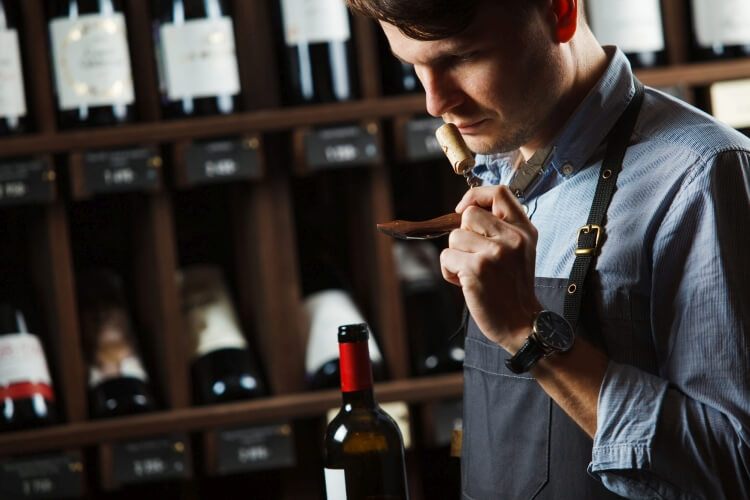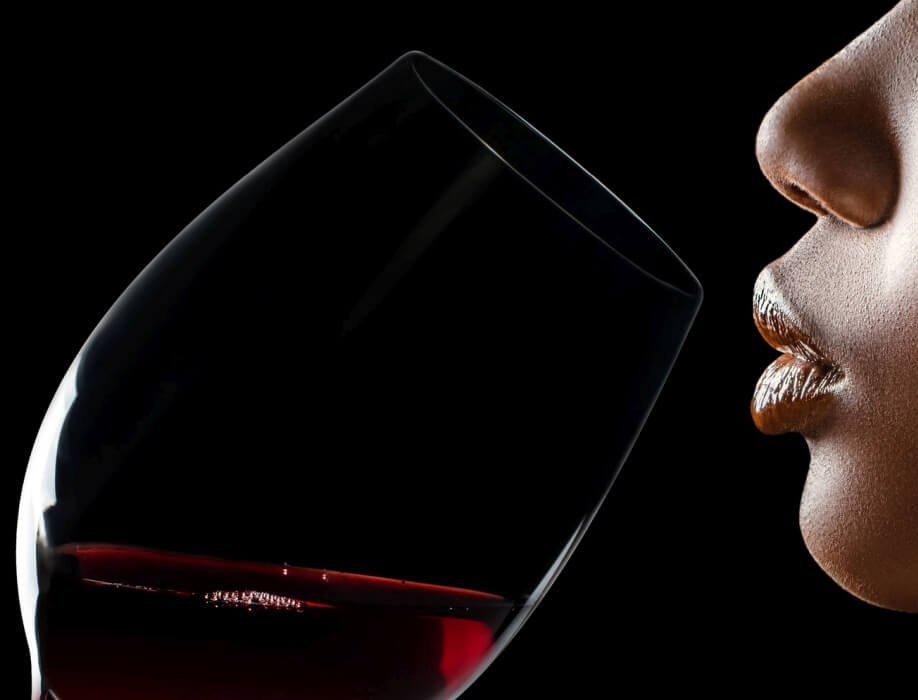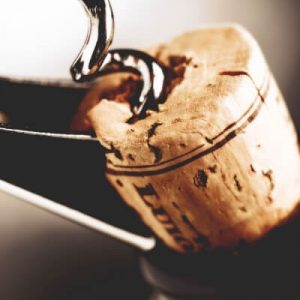WHICH WINES SHOULD WE DECANT?
HOW TO DECANT A WINE ?
Decanting wines can have two distinct functions. Decanting a young wine allows to oxygenate it, which will consequently lead to the liberation of aromas.
We will then choose a large decanter, so that a large surface of the wine can be in contact with the air. We can do this in advance, even in some cases, many hours before the service.
By contrast, decanting an old wine is way more delicate, as it risks – if it is particularly fragile – to spoil it in an irreversible manner. Before this procedure, which aims to eliminate the deposits that form at the bottom of the bottle, you need to make sure that the wine will withstand it. We will then choose a narrow-bodied decanter where we will decant the wine before serving it. We advise you to decant white wines and champagnes as well.








